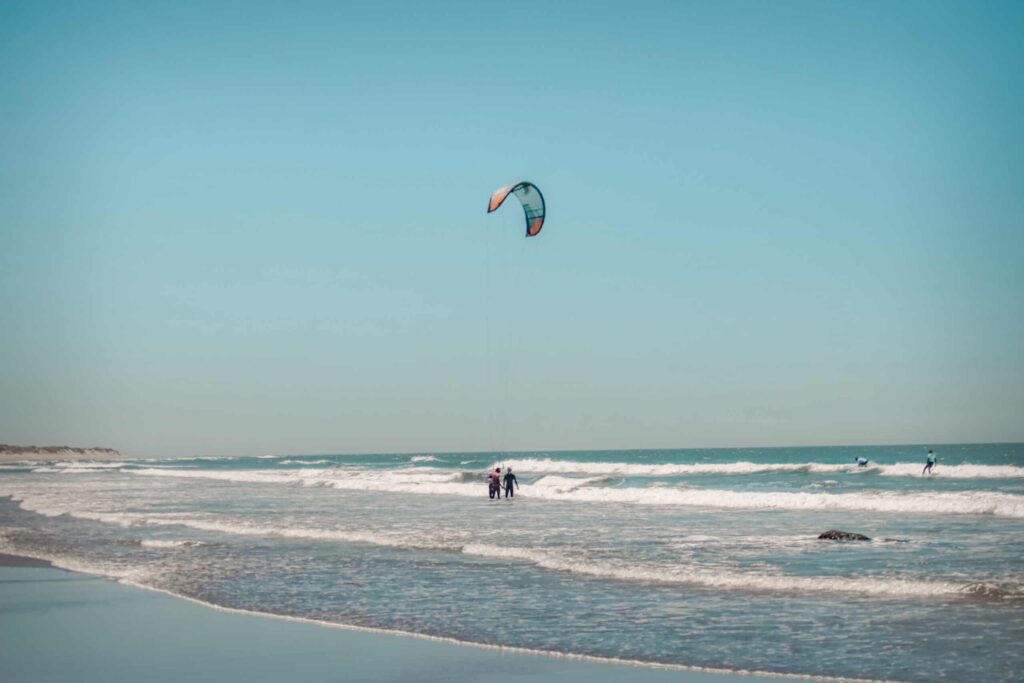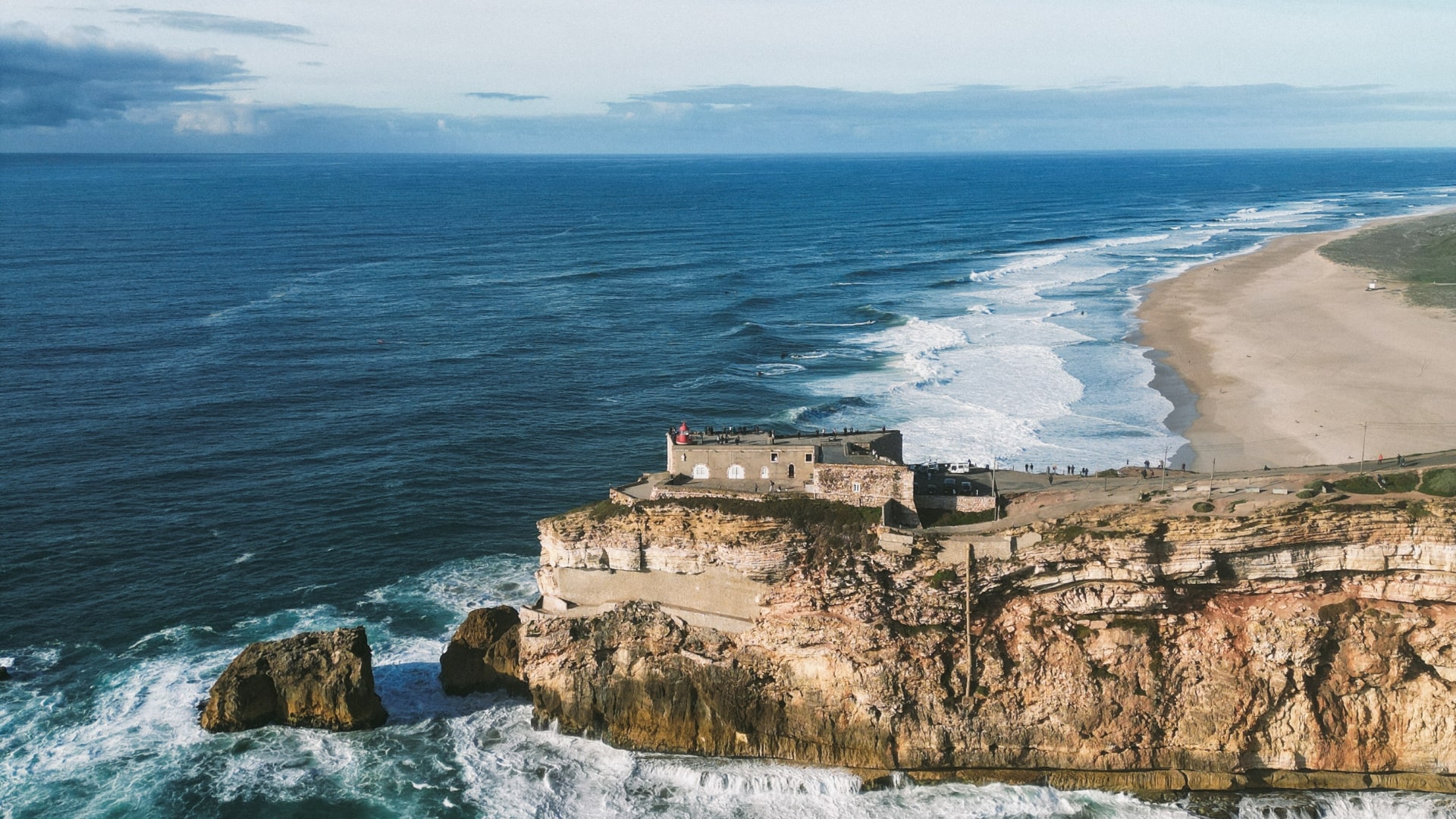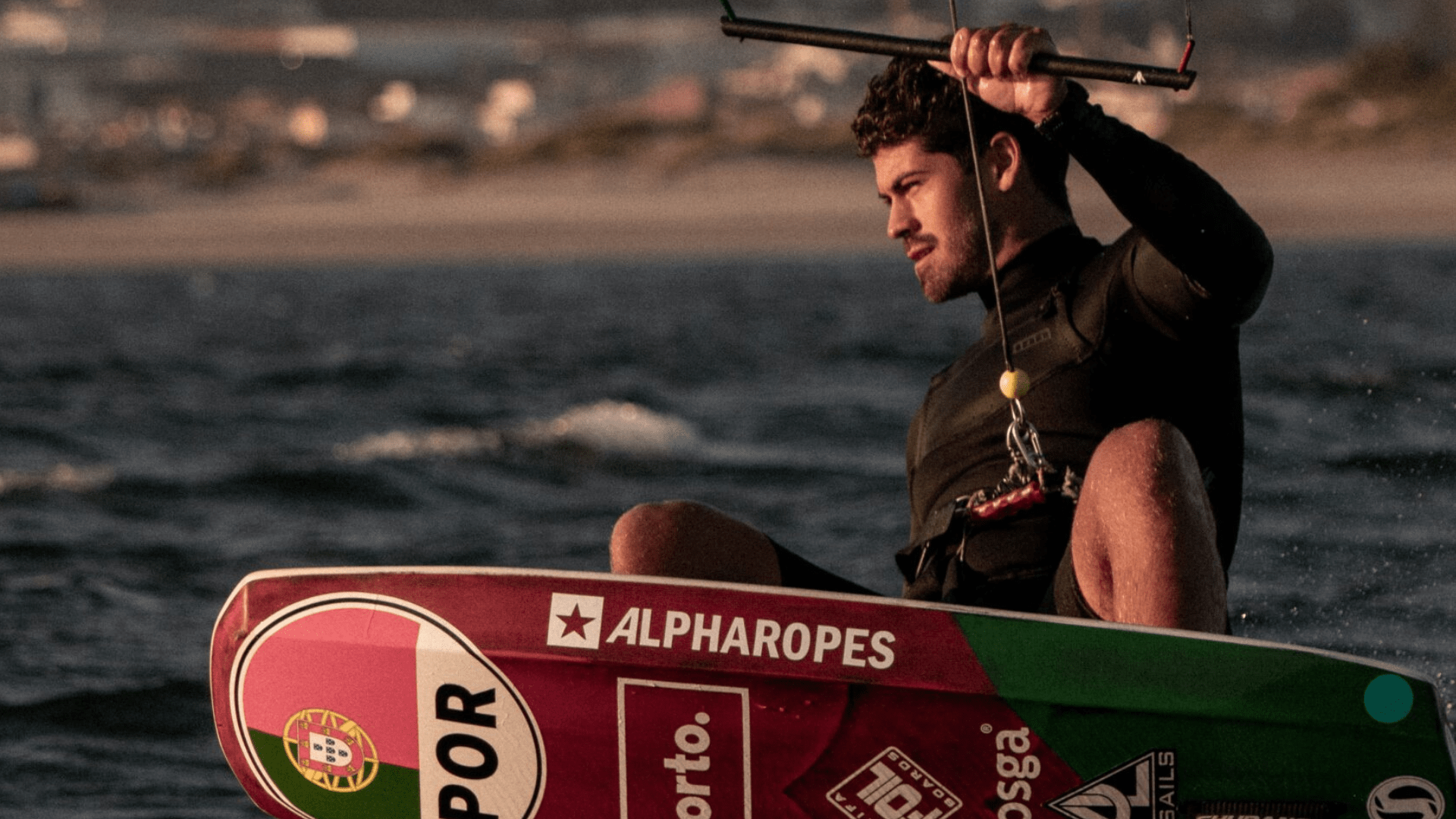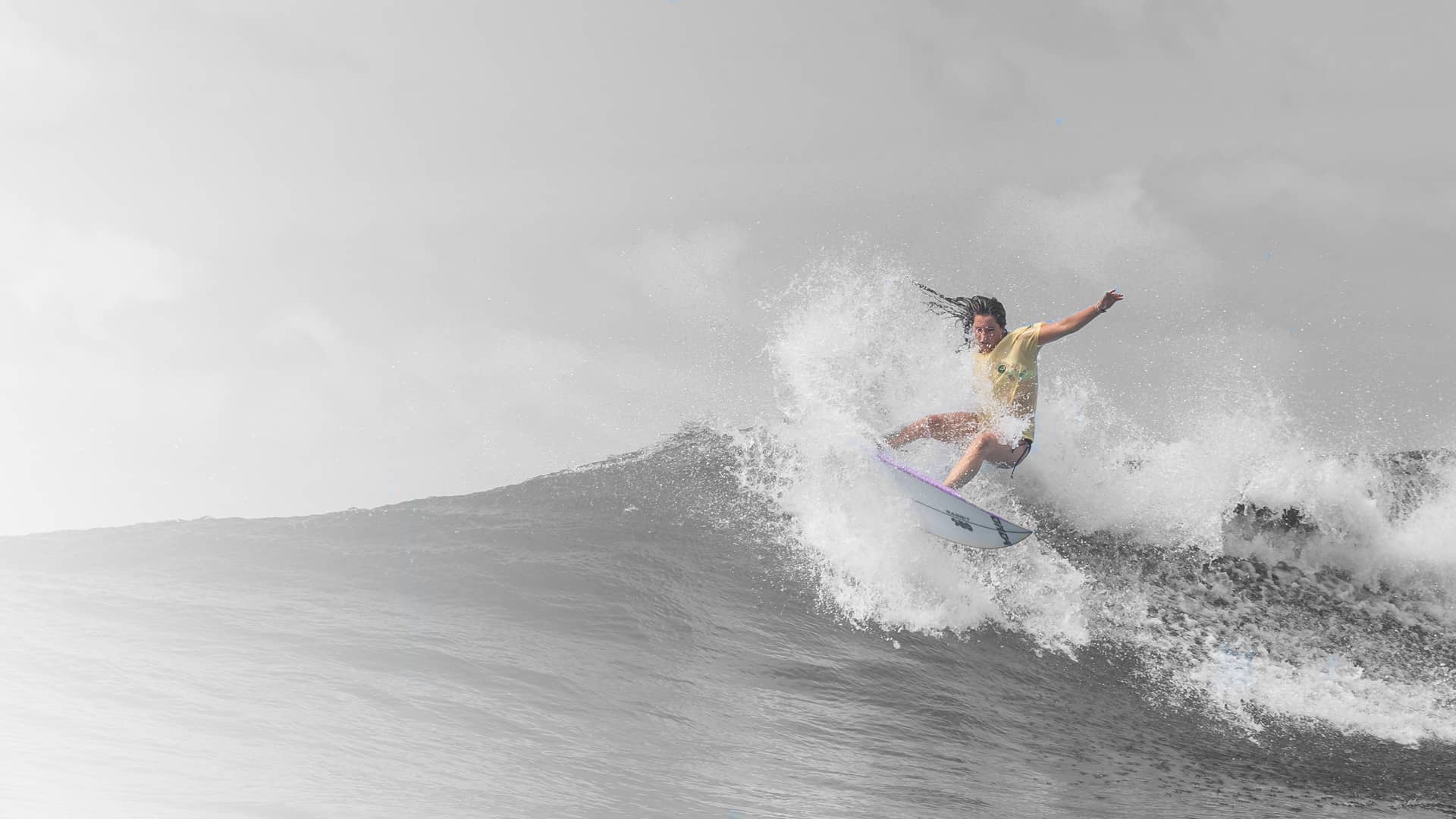Are you passionate about kitesurfing? Do you want to make the most out of your summer kitesurfing sessions? Choosing the right time to practice this exhilarating water sport can greatly enhance your experience. In this article, we will guide you on how to choose the best time to practice kitesurfing in the summer. We’ll explore factors such as wind conditions, weather patterns, tidal movements, and safety considerations. So, grab your board and let’s dive in!
Understanding Wind Conditions
Importance of Wind for Kitesurfing
Wind is the lifeblood of kitesurfing. It propels your kite and allows you to glide across the water. When choosing the best time to practice kitesurfing in the summer, it is essential to understand wind conditions in your area. Look for consistent and steady winds that are strong enough to support your kite and provide sufficient power.
Ideal Wind Speed and Direction
For beginners, wind speeds ranging between 10 to 20 knots are ideal. As you gain experience, you can handle higher wind speeds. The direction of the wind is also crucial. Side-onshore and side-offshore winds are generally preferred for safety and maneuverability. Avoid strong offshore winds, as they can carry you away from the shore and make it challenging to return.
Evaluating Weather Patterns
Checking Local Weather Forecasts
Before planning your kitesurfing session, it’s essential to check the local weather forecasts. Keep an eye on weather websites or use mobile apps specifically designed for water sports enthusiasts. Look for stable weather conditions with minimal chances of thunderstorms or squalls. Clear skies, moderate temperatures, and a consistent breeze are indicators of favorable weather for kitesurfing.
Recognizing Optimal Weather Conditions
Apart from wind conditions, consider other factors like air temperature and water temperature. Choose a time when the air temperature is comfortable for you to be outdoors, and the water temperature allows you to kitesurf comfortably without a wetsuit. Remember that weather patterns can change, so always be prepared for sudden shifts and adjust your plans accordingly.
Considering Tidal Movements
Impact of Tides on Kitesurfing
Tides play a significant role in kitesurfing, especially in coastal areas. Understanding the tidal movements can help you select the best time for your kitesurfing adventure. During high tide, the water level is at its maximum, providing sufficient depth for safe kitesurfing. Low tide exposes sandbanks and shallow areas, which can be hazardous. Therefore, it is advisable to kitesurf around mid-tide when the water depth is optimal.
Best Tide States for Kitesurfing
The ideal time to practice kitesurfing is during the rising tide or the falling tide. These tide states ensure better water conditions, allowing you to enjoy longer rides and avoid potential hazards. Consult local tide charts or use smartphone applications to determine the tides in your area. Planning your kitesurfing sessions around favorable tide states will enhance your overall experience.
Safety Considerations
Assessing the Kitesurfing Spot
When selecting the best time to practice kitesurfing in the summer, it’s crucial to assess the kitesurfing spot for potential safety hazards. Look for locations with spacious beaches, minimal obstructions, and designated launch areas. Avoid crowded spots, rocky shorelines, or areas with strong currents. Safety should always be your top priority to ensure an enjoyable and accident-free kitesurfing experience.
Avoiding Hazardous Weather Conditions
While kitesurfing in the summer, it is essential to stay vigilant and avoid hazardous weather conditions. Keep an eye on weather forecasts and radar updates to stay informed about any approaching storms or severe weather patterns. If thunderstorms or strong winds are predicted, it’s best to postpone your kitesurfing session to a safer time. Remember, it’s better to wait for the right conditions than to risk your safety.
Conclusion
Choosing the best time to practice kitesurfing in the summer involves considering various factors such as wind conditions, weather patterns, tidal movements, and safety considerations. By understanding the importance of wind, evaluating weather forecasts, recognizing optimal tide states, and prioritizing safety, you can make the most out of your kitesurfing sessions. So, get out there, catch the perfect wind, and enjoy the thrill of kitesurfing this summer!
FAQs (Frequently Asked Questions)
Can I kitesurf during any time of the day in the summer?
Yes, you can kitesurf during different times of the day in the summer. However, it is recommended to choose a time when wind conditions are favorable, such as early morning or late afternoon when thermal winds are more likely to be present.
Do I need any special equipment for kitesurfing in the summer?
For kitesurfing in the summer, you will need a kite, a board, a harness, and a wetsuit or appropriate swimwear depending on the water temperature. It’s also essential to have safety gear such as a helmet and a flotation device.
Are there any specific locations known for great kitesurfing conditions in the summer?
Yes, there are several locations worldwide known for their excellent kitesurfing conditions in the summer. Some popular destinations include Tarifa in Spain, Cabarete in the Dominican Republic, and Hood River in the United States.
How long does it take to learn kitesurfing?
The time it takes to learn kitesurfing varies for each individual. With proper instruction and practice, most people can become proficient within a few weeks. However, mastering advanced techniques may take more time and experience.
Can I kitesurf if I don’t know how to swim?
It is highly recommended to know how to swim before attempting kitesurfing. While wearing a flotation device adds an extra layer of safety, being able to swim will give you more confidence and enhance your overall safety in case of any unforeseen situations.







